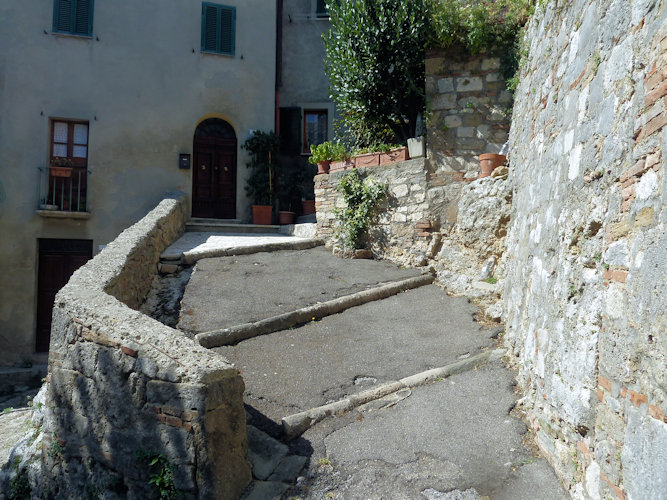

- A beautiful area of the Medieval town of Sarteano
- Un beau secteur de la ville médiévale de Sarteano
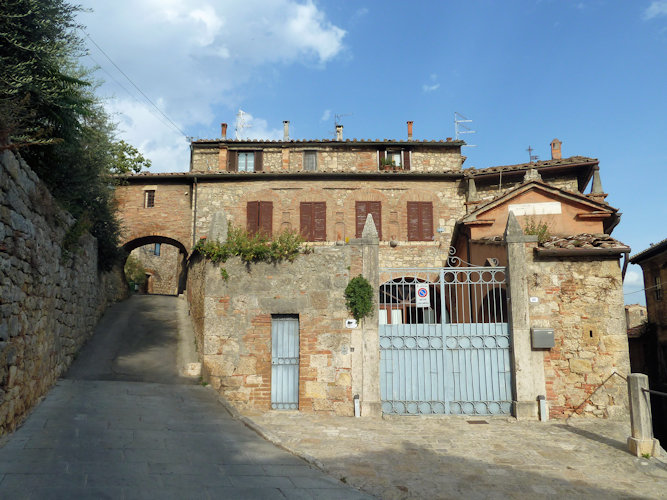

- A beautiful area of the Medieval town of Sarteano
- Un beau secteur de la ville médiévale de Sarteano



- A beautiful area of the Medieval town of Sarteano
- Un beau secteur de la ville médiévale de Sarteano

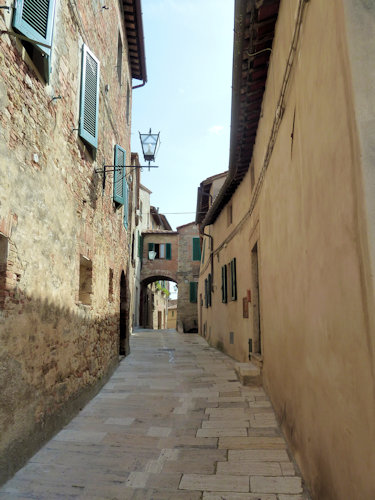

- A beautiful area of the Medieval town of Sarteano
- Un beau secteur de la ville médiévale de Sarteano
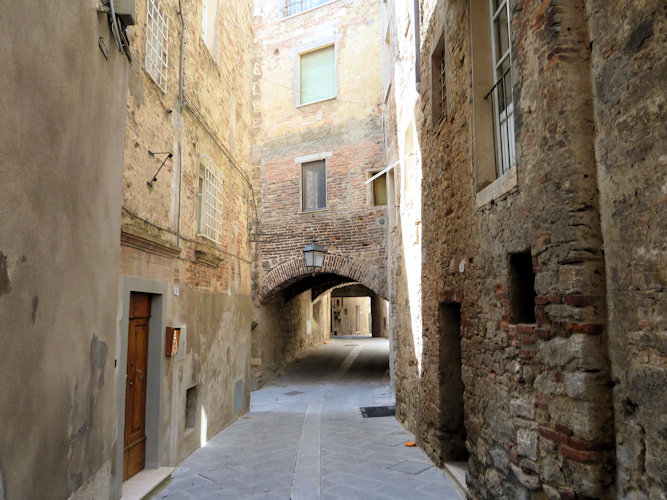

- A beautiful area of the Medieval town of Sarteano
- Un beau secteur de la ville médiévale de Sarteano
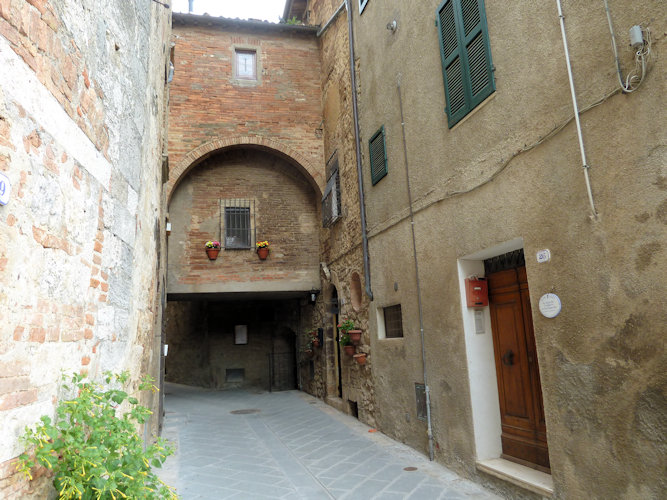

- A beautiful area of the Medieval town of Sarteano
- Un beau secteur de la ville médiévale de Sarteano
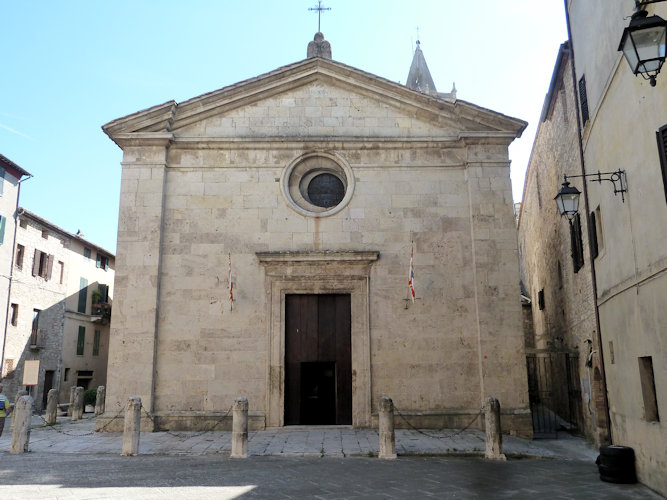

- The Church of San Lorenzo in Sarteano was built in the 13th century
- L'église de San Lorenzo à Sarteano a été construite au 13ème siècle
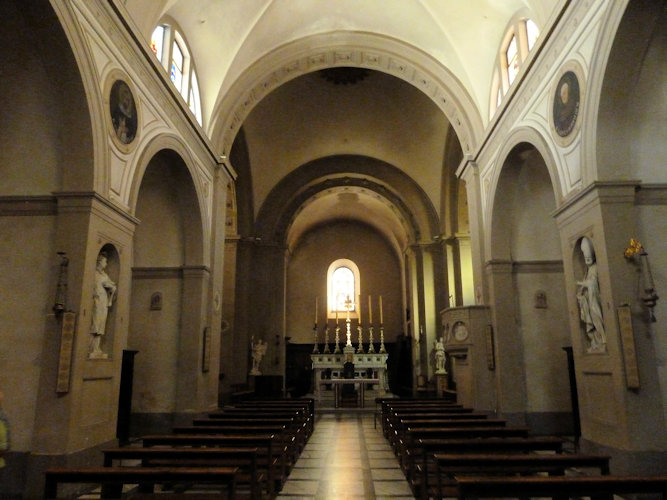

- The interior of the Church of San Lorenzo in Sarteano was renovated during the 18th century
- L'intérieur de l'église de San Lorenzo à Sarteano a été rénové au 18e siècle
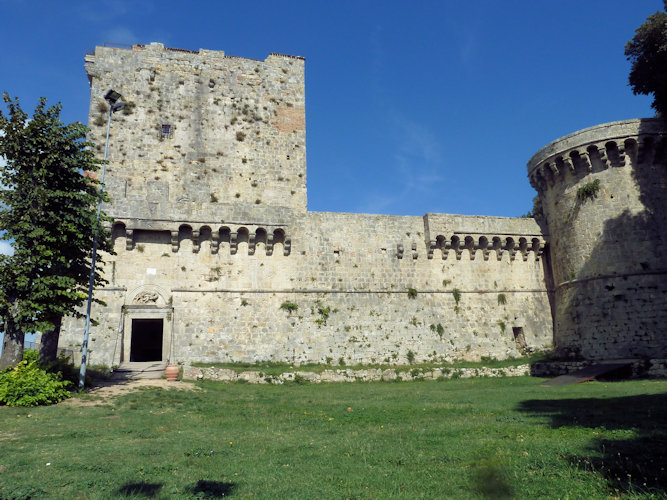

- The imposing castle of Sarteano. The oldest information concerning the Castle dates back to 1038.
- L'imposant château de Sarteano. Les informations les plus anciennes concernant le château remontent à 1038.
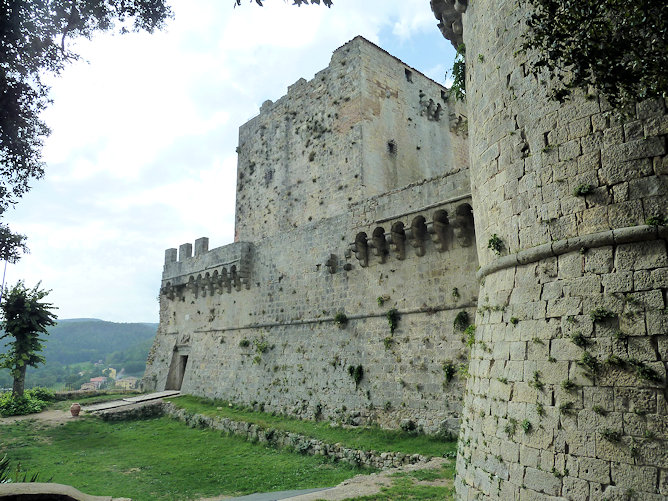

- The castle as we see it today was rebuilt by the Republic of Siena between 1467 and 1472
- Le château comme nous le voyons aujourd'hui a été reconstruit par la République de Sienne entre 1467 et 1472
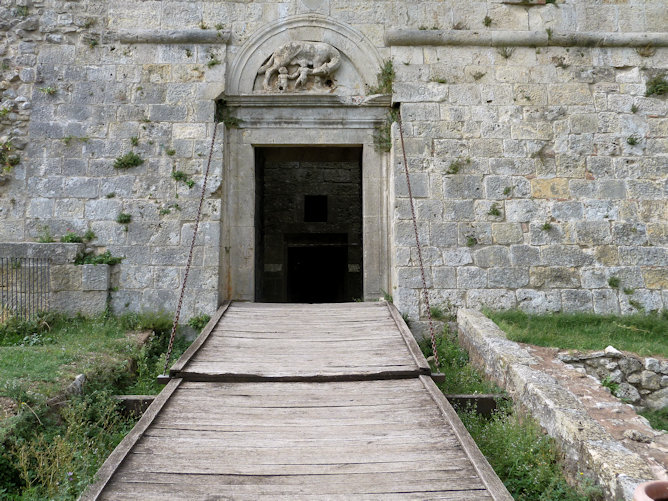

- The drawbridge of the castle with the she-wolf above the door suckling Senius and Aschius who
founded Siena. They are the nephews of Romulus, after whom Rome was named.
- Le pont-levis du château avec la louve au dessus de la porte allaitant Senius et Aschius qui ont
fondé Sienne. Ils sont les neveux de Romulus, après qui Rome a été nommé.


- The castle resisted the attack of the troops of Cesare Borgia in 1503 and the Spanish army in 1552
- Le château a résisté à l'agression des troupes de Cesare Borgia en 1503 et de l'armée espagnole en 1552